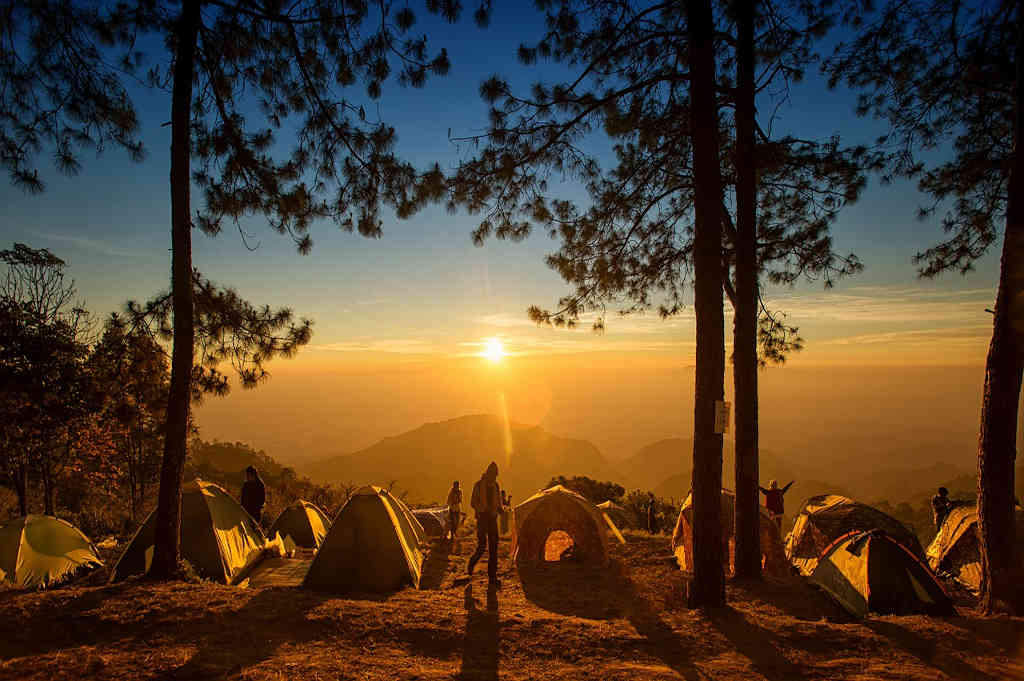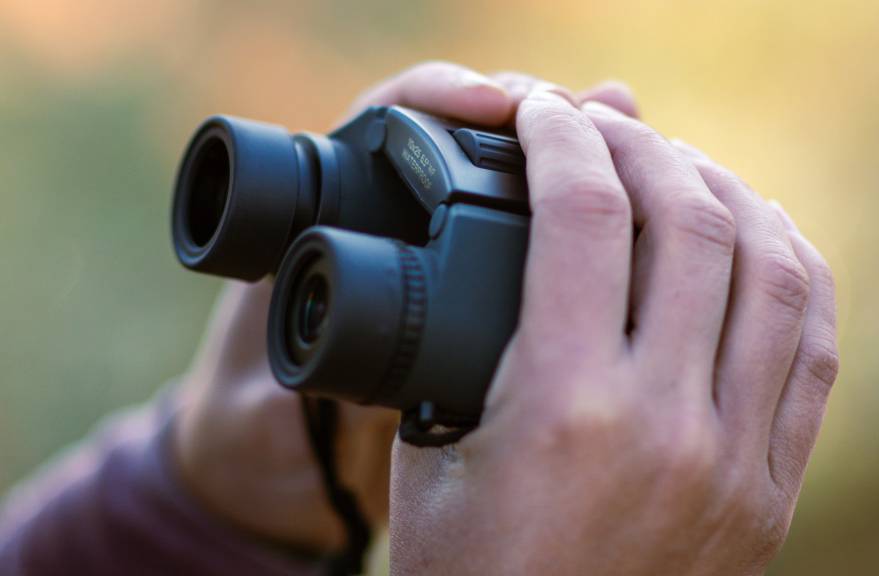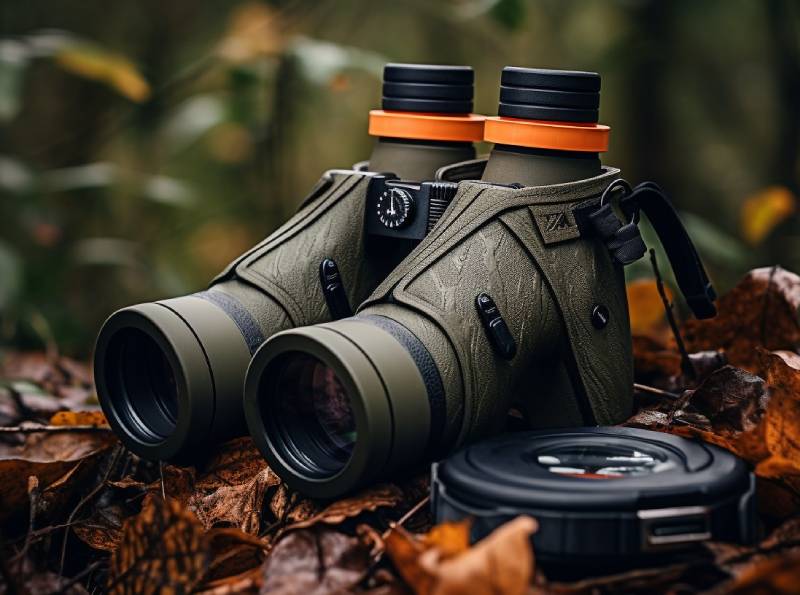Packing the backpack for a multi-day hike means finding the right balance between weight and necessary equipment: in other words, few but functional objects. During the hike, in fact, everything can change quickly so you have to be ready for any eventuality. This is why the choice of clothing and equipment is never left to chance.
We have prepared a guide on what to pack for a multi-day hike, listing all the equipment you may need and explaining why you may need them. You can adapt the list to your own hike, your habits, your actual needs since each experience is unique and extraordinary.
Are you ready? Let’s start!
A few questions to guide you to choose the right equipment:
- Overnight stay. Are you plan to spend the night in some accommodation or have an experience in a tent? Based on this point, you will choose most of the equipment to bring (eg. tent, sleeping bag, camping kit, etc.) and consequently the size of the backpack.
- Climate and weather. Are you planning to hike during the hot or the cold season? How is the climate in that area? Walking in rather cold periods of the year or in high-altitude areas will certainly require suitable and warm clothing. Bulky clothes require larger backpacks.
- Trail. Do you already know the trail? Are there any waterways to cross? Before hiking, search as much information as possible on the route to become familiar with the trail.
- Hydration. Can you easily find water supplies along the path? Are there any fountains? This point cannot be overlooked because it will allow you to pack in advance the right amount of water to carry.
- Path. What is the difficulty of the path you are going to walk? Is it a flat trail or are there any altitude differences? Information about slopes and uneven grounds can help you to choose the most suitable shoes.
- Solo or with hiking mate. Are you going to have a solo multi-day hike or walk with a hiking mate? Consider this point if you are planning to sleep in a tent and doing camping along the path (wherever allowed). If it is a group hike, you can share the equipment and lighten the backpack.
Keep these questions in mind while choosing what to pack for a multi-day hike. They can prove useful for planning in detail the experience and bringing only the things you really need.
Before showing the list of essential things to bring, let’s start with your best companion: how to choose the right backpack.

The backpack suitable for multi-day hikes
The backpack for the multi-day hike has essential characteristics that cannot be underestimated. In particular, you should search for a model that is:
- Spacious to contain all the necessary equipment (but not extremely large otherwise you’d be tempted to fill it with unnecessary things),
- Padded and breathable (especially on the back panel and shoulder straps) to keep your back always fresh,
- Comfortable and appropriate for you (with straps and adjustable backrest to adapt to your height),
- Equipped with a lumbar belt to distribute weight along the hips and keep the backpack stable while you are walking (find out why the hip belt is so important in the outdoor backpack)
- Suitable for trekking and equipped with hooks for hanging equipment outside (e.g. trekking poles, tent poles, etc)
To guide you with the dimensions of the backpacks, keep in mind a generic classification:
- Backpack up to 35 liters for day hikes,
- Backpack up to 40/50 liters for multi-day hikes,
- Backpack over 50 liters for longer hikes.
Obviously, habits, season, equipment and type of experience require different backpack models. If you want to deepen the topic, you can find useful information in our guide “How to choose a backpack“.
Always remember that a backpack designed for outdoors is equipped with a hip belt to transfer some weight along the hips. Moreover, you can adapt it to the body shape just by adjusting the straps (compression straps, load straps, chest straps). In our guide “how to adjust backpack’s straps” you will find a step-by-step explaination.
What to pack for a multi-day hike?
Clothing
A multi-day hike requires technical clothing that focuses on quality and not quantity. You don’t need too many bulky and heavy clothes, just have few pieces that you will wash and that’s it! Here are some tips for choosing suitable clothing to pack for a multi-day hike:
- Dress in layers to adapt to any climatic conditions. A first layer absorbs moisture from the skin, an insulating and breathable intermediate layer (such as a sweatshirt) maintains body temperature and a waterproof outer layer protects you from wind, rain and snow.
- Technical breathable and quick-drying clothing protect you from sudden changes in temperature. Nylon, polyester and fleece provides a great insulation.
- Forget cotton clothes as they quickly absorb water and take a long time to dry.
Clothing depends most on the season and the kind of experience. We have prepared a list the includes everything you may need to pack for a multi-day hike and the reason why you need it. You can customize the list according to your needs:
- Sweatshirt and long trousers. It is important to bring some long and warm clothes even in summer (eg. a fleece) in case of sudden drops in temperature.
- Waterproof gore-tex jacket. Lightweight and useful in case of sudden thunderstorms.
- Trekking shoes. Comfortable, suitable for the type of path, with non-slip sole, already used at least a couple of times (never hike with brand-new shoes).
- Socks. Wool, nylon and polyester absorb moisture, dry quickly and do not create friction. Avoid models with seams that could cause blisters after hours of walking.
- Gloves. Especially in autumn and winter but at high altitudes they are also recommended in summer.
- Neck warmer. To protect the throat especially in autumn, winter and on windy days.
- Hat. Especially in summer and at high altitudes to prevent sunstrokes.
- Sunglasses with UV protection. To protect the eyes in any season, especially if you are walking close to reflective surfaces (eg water, snow).

Miscellaneous Equipment
Equipment is essential when hiking, regardless of the duration. In the previous article we have shown the basic gear needed for day hike, now it’s time to show everything you need to pack for a multi day hike.
- Trekking poles. They help support weight and maintain balance (especially on slopes and on uneven ground)
- First aid kit. Never leave without, in case of injuries it proves to be essential.
- Headlamp. Great alternative to the phone flashlight especially for walking in poorly lit environments, before sunrise or after sunset.
- Whistle. Backpacks often include a whistle on the chest straps and it comes in handy for being tracked remotely.
- Map, compass and GPS. Whether it’s paper or digital maps, they are important for orientation.
- Backpack rain cover. In case of rain, it keeps dry all your things inside.
- Waterproof dry bag. A waterproof dry bag not only isolates the contents and protects it from water, mud, snow and sand but can also be used to separate the contents inside the backpack. There are lots of creative uses of the dry bag that not everyone know. Find them in this article.
- Power bank or solar charger. To charge your devices even on the go.
- Binocular or monocular. To observe everything around you from a distance. Find out in our article why you should bring a monocular.
- Repair kit. Needle, thread, duct-tape can be useful for quickly repairing the equipment.
- Sleeping bag liner. For hygiene reasons, the sleeping bag liner is useful whether you sleep in hostels or in the sleeping bag.
Personal care
The feeling of freshness after hours of walking in the sun is priceless. Here is an essential list of items related to personal care that you cannot forget:
- Solid shampoo and body wash. The solid versions are convenient to carry: there is no risk of leakage, the packaging is essential and after every usage they become lighter and lighter. Even better if the soap is also suitable for washing clothes. Save money, save space!
- Toothbrush and toothpaste. You can choose a smaller size to save some space.
- Handkerchiefs and wet wipes. No need to say that they are useful at any moment.
- Towel. The microfiber is lightweight and dries fast. We suggest you a pocket towel with an ice effect: in addition to absorbing sweat, it gives you a feeling of freshness. Find out how a cooling towel works.
- Flip flops. A pair of flip flops can save your feet after hours of walking and protect you from fungus and warts while showering.
- Sunscreen. Never underestimate the sun, especially if you spend many hours in the open air.
- Insect bite repellent and cream. During a walk in nature it could happen to find yourself with some mosquito bites.
Food and water
On multi-day hikes, our body needs a lot of energy and it is a good habit to carry food supplies that are both lightweight and healthy. Take in consideration the water as well. In movement, our body loses a lot of fluids that needs to be continuously replenished in order not to risk dehydration.
- Stainless steel bottles. It keeps your water fresh for many hours even under the scorching sun. Find out why the vacuum flask keeps drinks temperature steady for many hours.
- Hydration bag. It is a great alternative to the bottle for drinking even on the go.
- Energy bars. They provide energy without make you feel heavy.
- Dried fruit. Rich in proteins and minerals which are essential during physical movement.
What to pack for a multi-day hike in a tent?
In addition to the previous lists (Clothing, Miscellaneous equipment, Personal care, Food and Water), if the multi-day hike includes at least one night in a tent, you need to consider also the equipment for sleeping and cooking.
Equipment for sleeping in tents and cooking
- Tent. There are different models according to the number of people and the type of material.
- Sleeping bag. Before choosing the sleeping bag, consider the temperature and the season as not all the models are the same.
- Mat and pillow. To isolate the sleeping bag from the ground and protect it from moisture.
- Multipurpose pocket knife. Knife with blade, scissors and awl is always useful.
- Lighter (or matches) to start a fire.
- Camping stove. Ideal for preparing some hot meals ourdoors.
- Nylon cord. Useful for hanging clothes to dry.
- Thermal blanket. Vital in an emergency or severe temperature changes.

How to prepare the backpack for a multi-day hike?
The position of the things in the backpack is not random. Preparing the backpack for a multi-day hike has a logic order that allows us to keep order inside the backpack and at the same time not weight down the shoulders.
- Place lightweight, bulky and rarely used objects (e.g. sleeping bag and extra clothing) on the bottom of the backpack to form a base for the rest of your things.
- Store heavy objects (e.g. camping stove and food supplies) as close as possible to your back or the body’s center of gravity (the navel) to keep the balance.
- Insert small and frequently used itemsin the hood and in the external pocketsof the backpack (e.g. GPS device, telephone, money, snacks, raincoat, first aid kit, flashlight).
- Hang the specific equipment (eg poles, mat, sleeping bag and tent pegs) outside of the backpack using the appropriate hooks.
We come to the end of the guide “What to pack for a multi-day hike”, well done! Now I am sure you cannot wait to prepare your backpack and get ready for your new adventure.
One last thing. Let me show you two of our models suitable for multi-day hikes. Royal Eagle Road is an Italian brand of outdoor backpacks and accessories, our Santiago 45 liter and Himalaya 65 liter are designed for trekking, hiking and multi day hikes.
Both are made of sturdy, water-resistant polyester ripstop with reflective stripes. They include a complimentary rain cover placed in the bottom pocket. Enter our online store and find all the features, we ship in Europe.
Royal Eagle Road
Unconventional Exploring
Posts you may like








